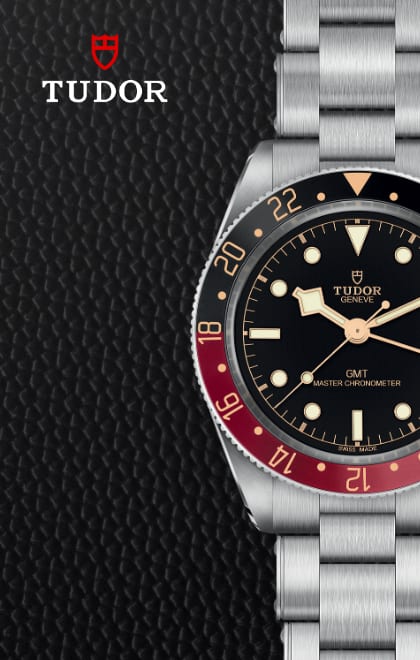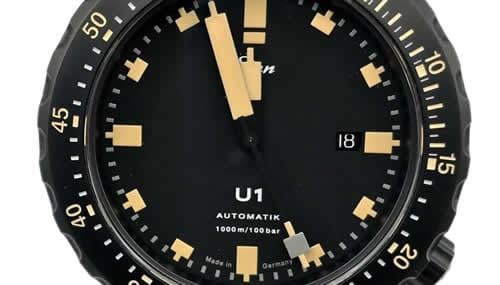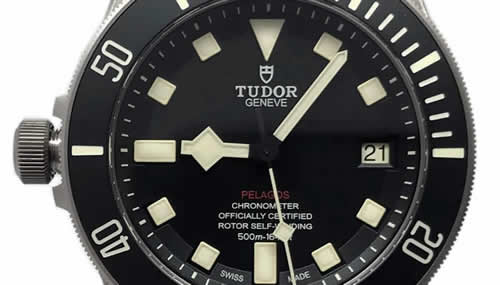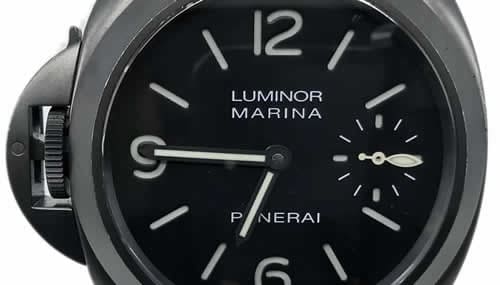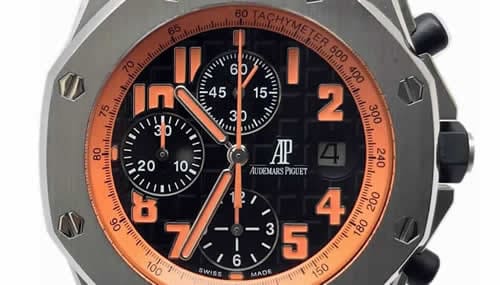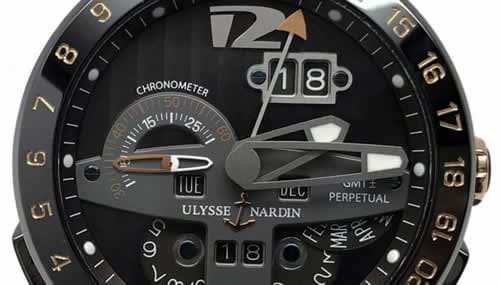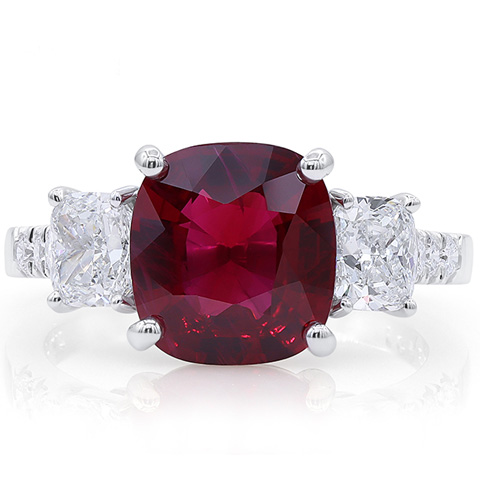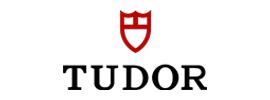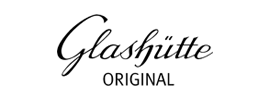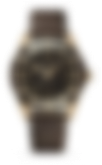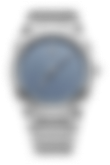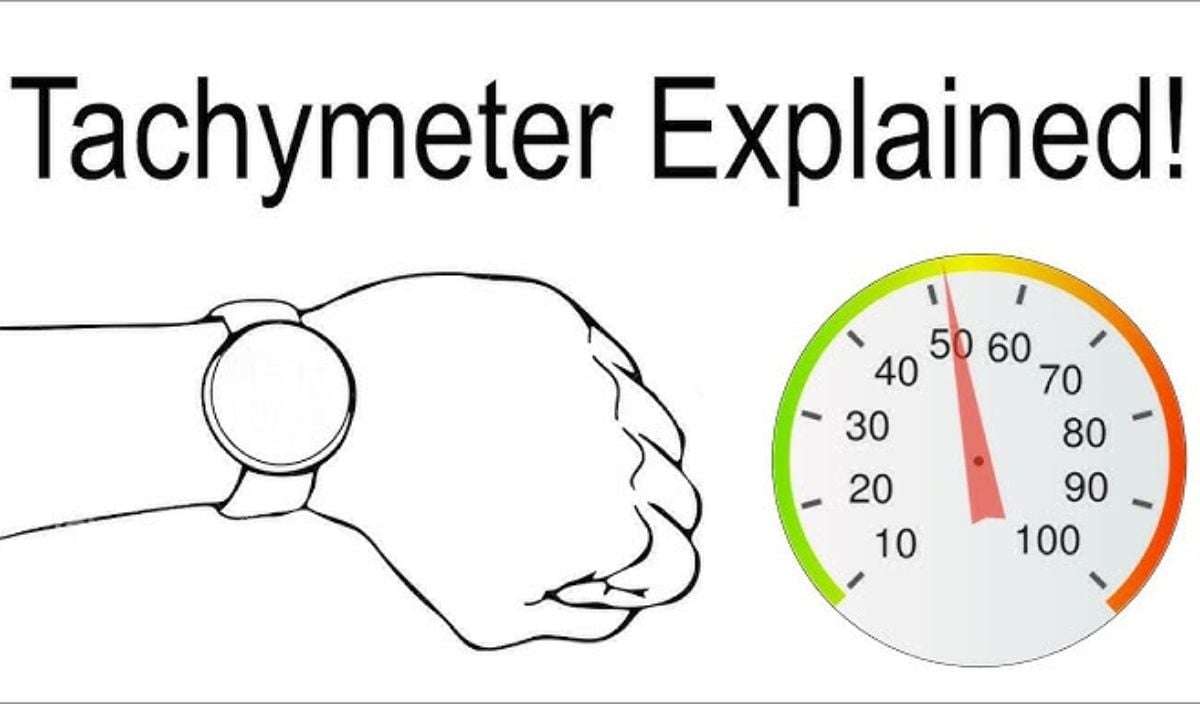
Need for Speed: What is a Watch Tachymeter?
You’ve probably seen the numbers making a ring around some of the finest chronographs—or watches with a timer function—on the market today. The mysterious label “tachymeter” took you to a Google search. And now you’ve unluckily fallen into my waiting trap.
By now, you’re already a minute into reading this article! Or maybe you just saw this one on Exquisite Timepieces’ lovely blog and thought it sounded interesting—welcome! In any case, I promise to keep this one short and sweet, to provide the answers you’re looking for with just a little more information to sweeten the pot.
What Is a Tachymeter and How Does It Work?

Let’s take a look at one of the most iconic chronographs ever made: the Omega Speedmaster. Examine closely the ring around the dial, which is printed with numbers, little tick marks, and the word Tachymètre (which is French for, you guessed it, tachymeter).
Now, a tachymeter bezel (that’s the name for the ring around the dial) is always paired with a chronograph watch. That’s because you need the chronograph to use the tachymeter! Let’s break down how you’d go about using it.
What a tachymeter is designed to tell you is your current speed. It doesn’t use any units, which means that you can use it to calculate kilometers per hour, miles per hour, or even millimeters per hour if you like.
Here’s how it works. Let’s imagine you’re driving down the highway. Right as you pass a mile marker, you’ll want to start the chronograph (using the top button of the chronograph if there are two buttons, or if there’s only one, just press that button) and watch the seconds hand start to move over the dial.
Keep your eyes on the road (especially if you’re driving in this imaginary scenario) and wait until you’ve gone one full mile, by watching the mile markers as you go by. Just as you reach the final one, hit stop on the chronograph (the top button again). Now take a look at your watch.
The final position of the seconds hand will tell you your speed using the tachymeter bezel! For example, if you drove that full mile in 55 seconds, then the tachymeter will tell you that you were driving an average of 65 miles per hour. If you did it in 45 seconds, then it was more like an average of 80 miles per hour.
The kicker is that you can use this for any unit of measurement just based on how you track your distance. If you’re in Europe and watching the kilometer markers go by, your final result is whatever number you end up with, just with the units of kilometers per hour! You do need to be careful though, that whatever speed you’re doing is within the reach of the tachymeter.
On the Omega Speedmaster, you won’t be able to track anything higher than 500 units per hour. If you’re driving a Lamborghini at top speed around the racing track, you won’t be able to keep track of your speed in millimeters per hour. If you’re timing a snail’s progress, you might be more able to use that one.
Likewise, you can’t do anything lower than 60 units per hour—no following that same snail’s progress in miles per hour!
What Can I Use a Tachymeter For?
For the most part, tachymeters are used for tracking speed in automobile races. The scale on the bezel is usually suited perfectly to follow even the most high-speed races in miles or kilometers per hour, or for tracking your own speed in that scenario that I suggested as you drive down the highway.
However, tachymeters aren’t limited to just racing and driving! You can use them to follow the airspeed of an airplane, to track how fast your zippy little drone can cover ground, to time how fast your baseball pitch is, and much more. You’re only limited by your imagination!
History of the Tachymeter
Before I wrap this article up, I want to touch on the history of the tachymeter, which is as fascinating as it is convoluted. I’ve seen no fewer than three different origin stories for this lovely contraption: 1913 with the first wristwatch chronograph by Longines; 1821 by the watchmaker Nicolas Rieussec; and 1816 by Louis Moinet. Unfortunately, I’m not in a position to confirm or deny any of the three claims.
Personally, I find it unlikely that the tachymeter was first invented when the chronograph made its transition to the wrist, as it had existed for a long time before in pocket watch form and such a simple invention as the adaptation of chronograph time to a speed rating would certainly have been thought of.
Explore the
Biggest Pre-Owned Collection of Luxury Watches
Between Moinet, the inventor of the first chronograph—which was indeed in 1816, and which did not originally include a tachymeter, although one of his later creations may have—and Rieussec, I’m not able to distinguish.
Regardless, it’s clear that the tachymeter has been around for well over a century now, and its history is a long and storied one. If this story is ever resolved for good, I’ll be sure to write up another article for those of you who are interested!
Conclusion
The tachymeter is one of the most useful inventions for a watch, simple and yet profoundly effective, more than worth the dial or bezel space it consumes.
It is perhaps the most distinguishing feature of the most iconic chronographs of our day, including the Rolex Daytona and Omega Speedmaster. Frankly, a chronograph without it just feels bare!
About Exquisite Timepieces
Established in 1998, Exquisite Timepieces is your one-stop shop for all things luxury watches! We are an authorized dealer for 60+ luxury watch brands including Omega, Hublot, Seiko, & Longines! We are proud to showcase one of the world’s largest pre-owned watch collections, including renowned brands like Rolex and Patek Philippe. Check out our brand new watch arrivals here and popular pre-owned listings here.


